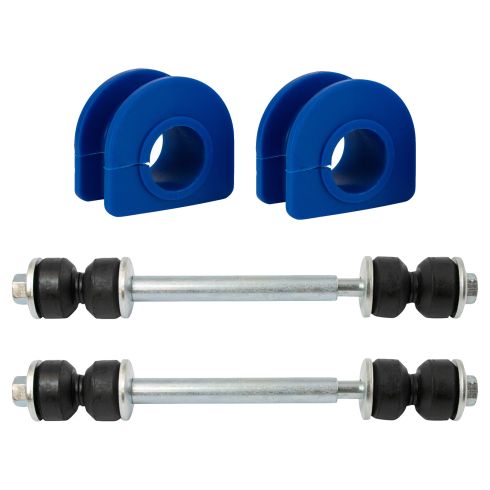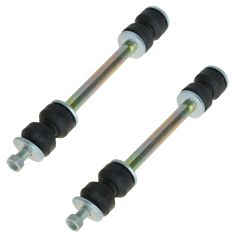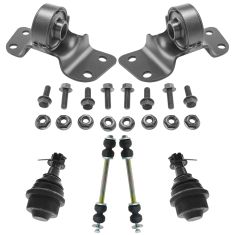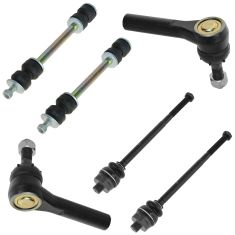1ASFK11438-Chevrolet GMC Front 4 Piece Suspension Kit TRQ PSA34729
Replaces
2003 Chevrolet Silverado 3500 with 1-1/4 Inch Diameter Front Sway Bar Front 4 Piece Suspension Kit TRQ PSA34729
Product Reviews
Loading reviews
5.00/ 5.0
1
1review
Nice fit
January 14, 2024
They bolted right in. I only ended up using the end links because the bolt to the bushings was frozen and it isn't worth fighting that.
Customer Q&A
No questions have been asked about this item.
Chevrolet is a registered trademark of General Motors Company. 1A Auto is not affiliated with or sponsored by Chevrolet or General Motors Company.
See all trademarks.





















